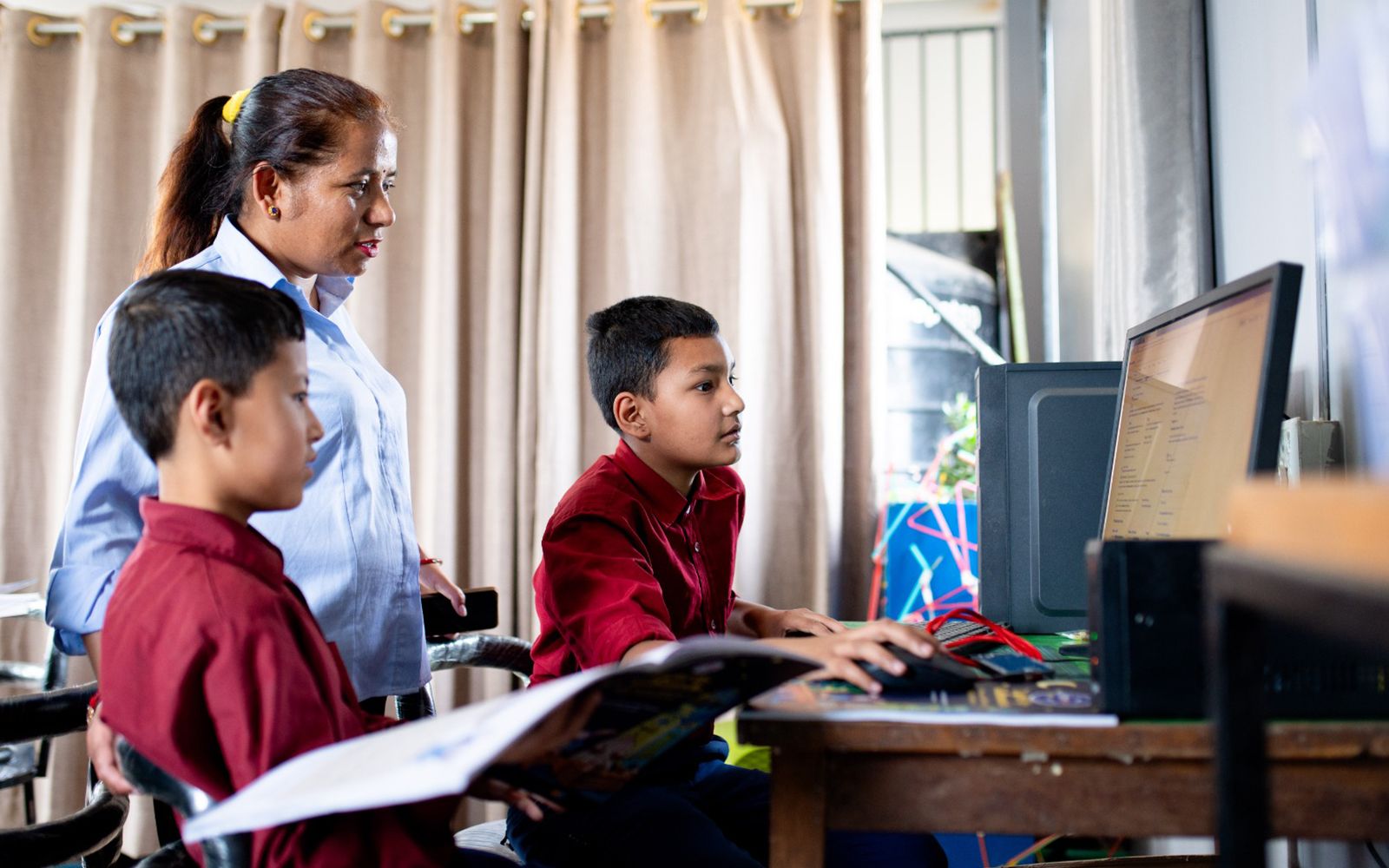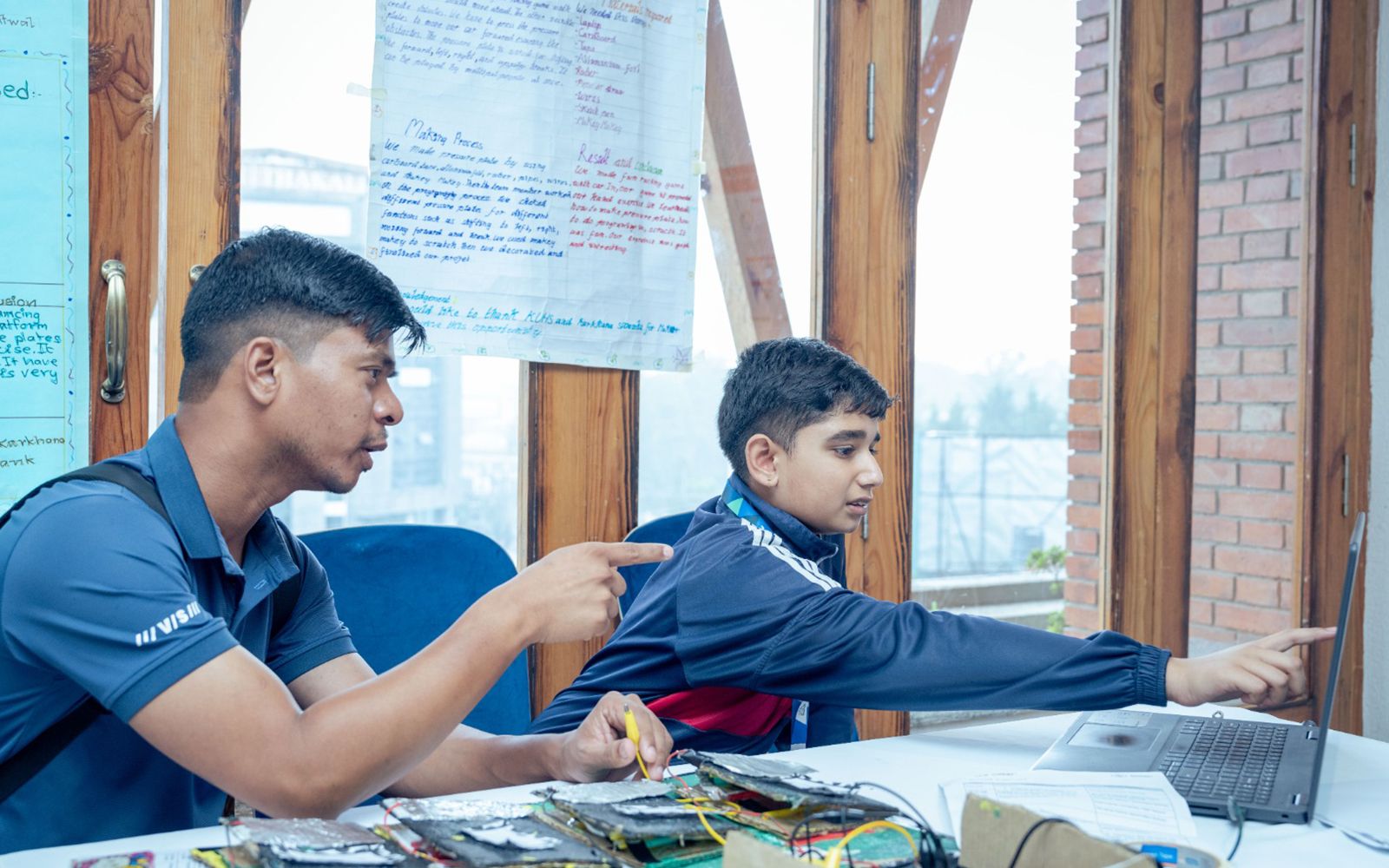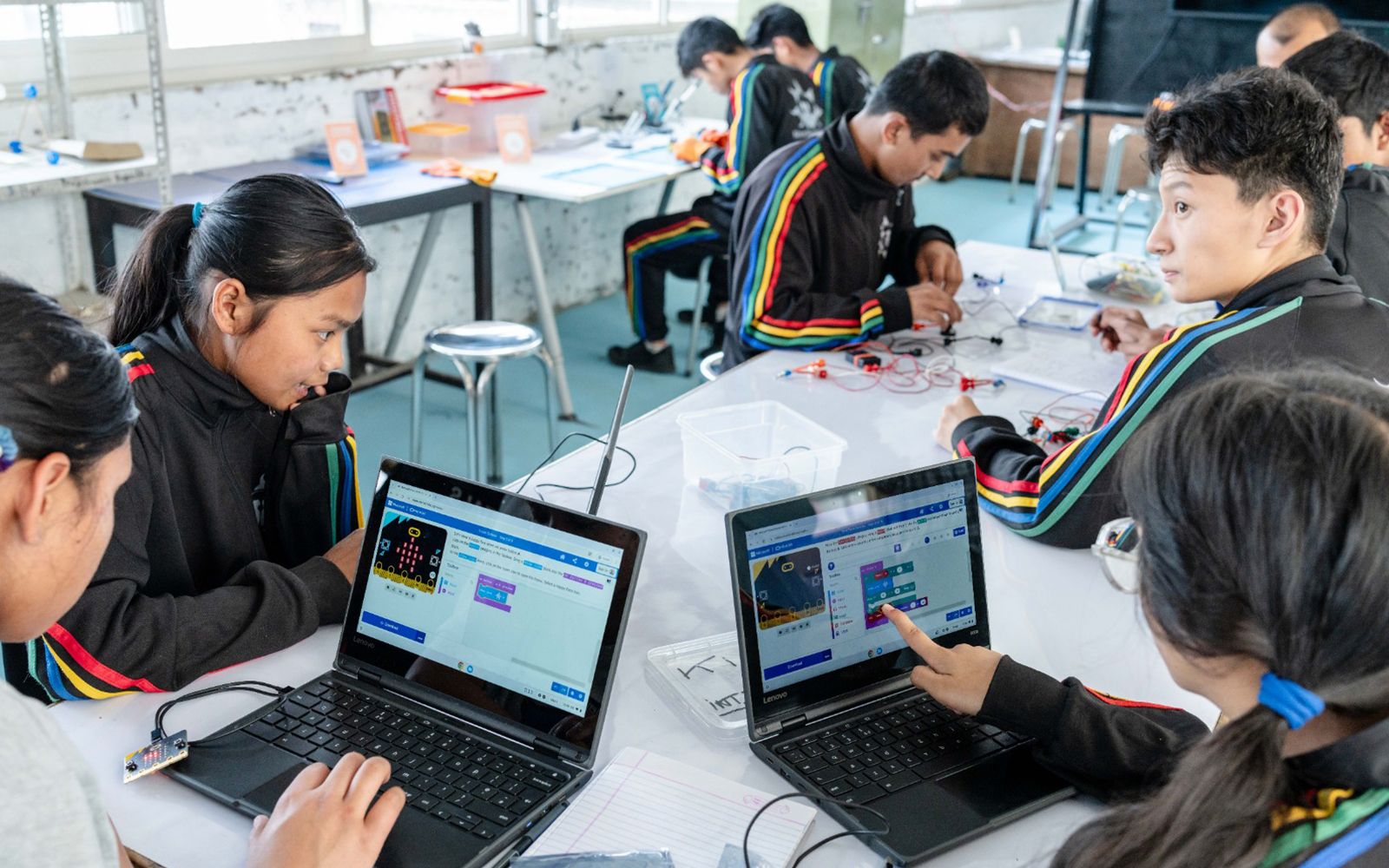Coding, Design, Engineering and Stories(CoDES)
A guide to teaching coding as a literacy skill - Crafting meaningful engagement for students
CoDES is a blog series to help educators approach teaching coding as not just a new skill - but a new literacy - as a way for students to express and share their ideas. As a literacy, coding enables new ways of thinking, and new ways of communicating ideas. When we start teaching kids to read and write, we don’t want every child to become a professional writer. So it is with coding. We do not teach coding for the children to grow into software developers and programmers. We want them to have computational literacy so they can engage with digital artifacts as producers, and not remain mere consumers.
The second blog of the series further explores different methods for making the learning experience meaningful, joyful and actively engaging for students, and the problems teachers encounter creating these learning experiences.
Build on students’ interests
There are multiple pathways to help students get acquainted with Scratch. One of the effective ways is to let students create stories. Children love imagining stories and adapting the ones they enjoy. They are also naturally attracted towards sprites and backdrops - the vibrant images of people, things and places in Scratch. Students new to Scratch often enjoy simply browsing through these images in Scratch library. When working in groups, these images organically serve as conversation prompts. As they scroll below to reveal new sprites, students share ideas about what they can create with those images.
Even students who are just getting introduced to the platform enjoy creating scenes on the stage by placing sprites in certain backdrops. This simple setup, devoid of any coding and animation, engages them deeply. They create stories about who those characters are and what they are doing in the frame. In doing so, they organically discover questions that lead to further exploration of coding concepts. Like we did in the previous article, let’s visit a classroom to see this happen.
During the introductory lessons on Scratch, Mr. Ramesh has allowed his grade 6 students to explore Scratch and get familiar with the platform. A group of 2 boys have placed sprites of football and basketball players against the backdrop of a basketball court. After adjusting the position of the players, one of the students asks his partner. “How can we move[these characters]?”
“How do we change the size?” asks the partner, who seems enthusiastic about basketball.
Mr. Ramesh, standing nearby, hears them and tells them about the change size block. He asks them to play with the 10 blocks, shown on the large screen in front of the class, and try to get their sprites to move.
About two months later, Mr. Ramesh was late in coming to one of the classes. While the students were waiting for their teacher, two students seated next to each other decided to work on a project based on something one of them saw in the morning. This idea led them to interact with the co-facilitator and explore the possibilities of building on their idea in Scratch. The idea had given them questions. They needed to know how to get the sprite they wanted, and how to create the animation they imagined.
Below is the reflection from one of Karkhana Samuha members about his classes. He co-facilitated the pilot classes at one of the schools. During the class he believed that the students were enjoying the challenges he gave them. His interaction with the student, however, revealed something different.

Successful creation of project might not mean learning
Encourage peer learning and peer interaction
As the lessons progress, students become more familiar with Scratch and can help each other learn. There’s also a natural urge in them to share something interesting with their peers. During one of the lessons, a student figured out that modifying sprites is easier by zooming in. He immediately shares that with the student sitting next to him. In another row, a girl changed the color of a sprite’s T-shirt. She seemed to love it and showed it to her friend. “See how awesome it looks!”
Experienced educators know that students helping each other makes things easier for the teacher. It’s especially true in lessons where it’s often not possible to move ahead without understanding the concepts from the previous lesson. Teachers who teach math, science, and programming know this very well.
In such cases, it’s useful to build some common understanding for the class. These are simple things we make sure of while engaging in certain recurring activities, such as helping our peers. For example, asking students to give hints to their peers instead of direct solutions can be a useful and fun understanding.
The effectiveness of peer learning depends on the classroom culture. In spaces where students are used to being disrespectful to each other, it can be difficult.
“I’m struggling to get ideas,” says Supreme to the teacher. He asks Samyam to help Supreme but Supreme doesn't want the help from Samyam, and says “I know everything.” Supreme goes back to his place.
Later, Mr. Ramesh goes to help Karima, who’s seated beside him. Samyam intervenes while the teacher is explaining to Karima and comments “Is that all you have done in all these days?”

Mind the “learning gap”


It’s difficult to bridge the learning gap once it forms, and it usually only widens as the lessons progress. The best way to deal with this is to be mindful of it from the start of the class, and watch out for students who are struggling and are at risk of falling behind. Providing additional support and attention to those students and making a good use of peer learning can help mitigate the problem of learning gap.
The blogs captures our experience of piloting Scratch in three public schools in Lalitpur through the support of the Scratch Foundation. The 72 students participating in the pilot were between ages 8 to 11 years old.
By Sameer Prasai
Sameer is a researcher & learning resource designer at Karkhana Samuha.